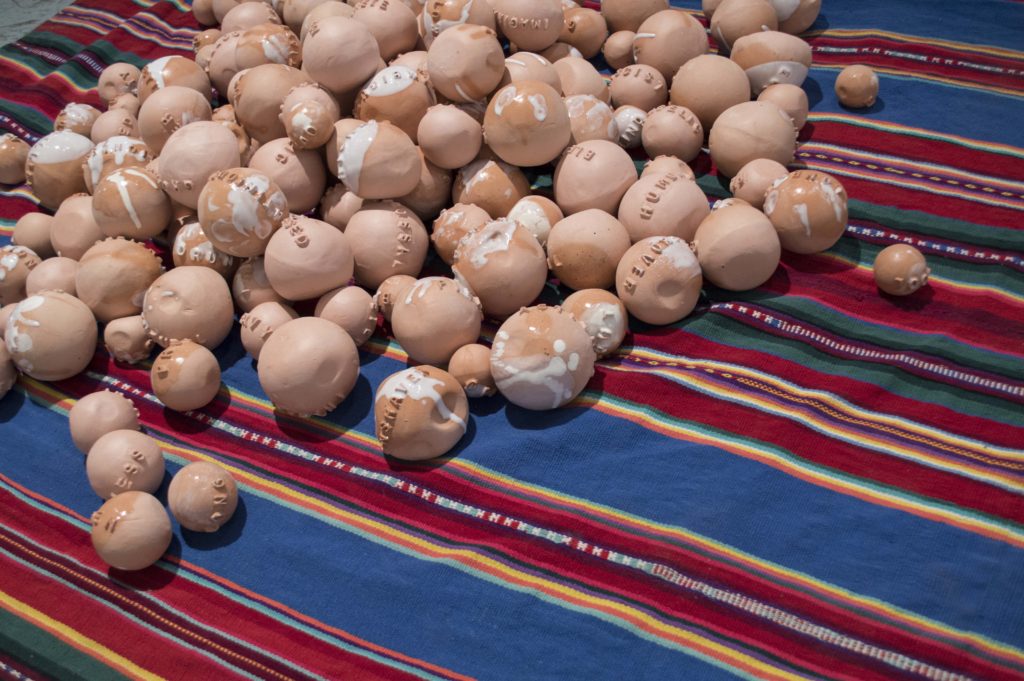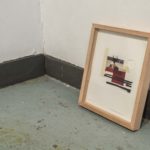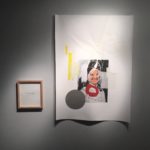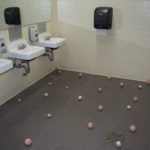Carlos Kempff Seleme
www.kempffseleme.com
Biography

Headshot credit – Sarah Meftah BFA ‘15
Carlos Enrique Kempff Seleme is a multidisciplinary visual artist based in Tallahassee, FL. First and foremost Bolivian, Carlos was born in Boston, MA in 1991 but grew up in Santa Cruz de la Sierra. He holds a Bachelor of Fine Arts degree in Studio Art from Florida State University. While there, he was awarded the Ann Kirn Scholarship Award for Outstanding Achievement in Studio Art. Carlos’ work explores the interrelationship between his family history, Bolivian heritage and queer identity.
Q & A
What have you been doing since graduating from FSU?
I just graduated in December 2015, so after going home for a bit, I went to New York, and then had a show at 621 Gallery, which was really exciting because it was the first time to have a show in the main gallery space. I felt very grown up because it was like a kind of post graduation graduation. 621 is such a special place because it’s ours.
I also began to prepare for my first solo exhibition in my home country of Bolivia, in Santa Cruz. That turned out to be a monster to deal with. It was my first time to work in Bolivia and I encountered so many difficulties. The work ethic and customer service was very surprising. You’re basically on your own to collect materials and to find people to do work for you. If things didn’t get done, no one would tell you, and there were no apologies. Despite all that, it was a wonderful experience to show my work in a place where Spanish was the native language. I deal with language, identity, and issues with translation, so I was able to see my work in a completely different context, because suddenly, English became the foreign language. In addition, my grandmother also saw me in drag for the first time. I did a few new collage pieces and one was an autograph of my drag character. However, my Grandmother was really cool. I don’t think she was on the inside, but at least she was supportive and really great about it.
I spent about a month in Bolivia, before returning to Tallahassee, and now I’m planning on moving to New York. I’ve always wanted to move there since the time I got into fashion. There’s all this romanticism about New York–it’s the city of the artist, la vie bohème, etc. But I think, more than anything, it’s that everyone there is from everywhere. I feel more confortable there than I do anywhere else because of the identity issues I deal with. I got into a program called the New York Arts Practicum, which is an eight-week intensive program where you work three times a week with a New York based artist. It’s designed for newly graduated artists. Two nights a week we’ll have critiques with other people doing this program. It’ll be a challenge because we will be creating work in an environment that is very restricted and without all the resources that the university provides. So, my major concern is where am I going to find a laser cutter! After that, I’m going to get a job and live and work in New York.
What did you learn at FSU to get you there?
I hate to say everything, but it’s literally everything. When I switched my major from retail merchandising/product development to art history and then studio art, it was a complete change for me. I had to find my way around this whole new area. From principles of design to construction of things, it was all made possible because of instructors like Bill Rice, Julietta Cheung, Lilian Garcia-Roig and Kevin Roberson. With their help, I learned everything from creating catalogs to putting together an exhibition.
What advice would you give to art students?
The key is to make a lot of work because you definitely reap what you sew. Work harder than you think you can. Even though FSU provides a lot of tools, and you’ll learn a lot in the classroom and workshops, it’s also the duty of the student to be hungry and want to investigate more, read and do research, and know about what’s happening in the world. Learn about what resources you have available and take advantage of them as much as you can. Connect with your professors and know what they are doing and see their work. Participating in the community is one of the most important parts of an arts education: the communication, the dialog, the discussions, the critiques, the tears that we share, etc. Be there for each other, go to First Friday, talk about what people are doing, and what can be better.



